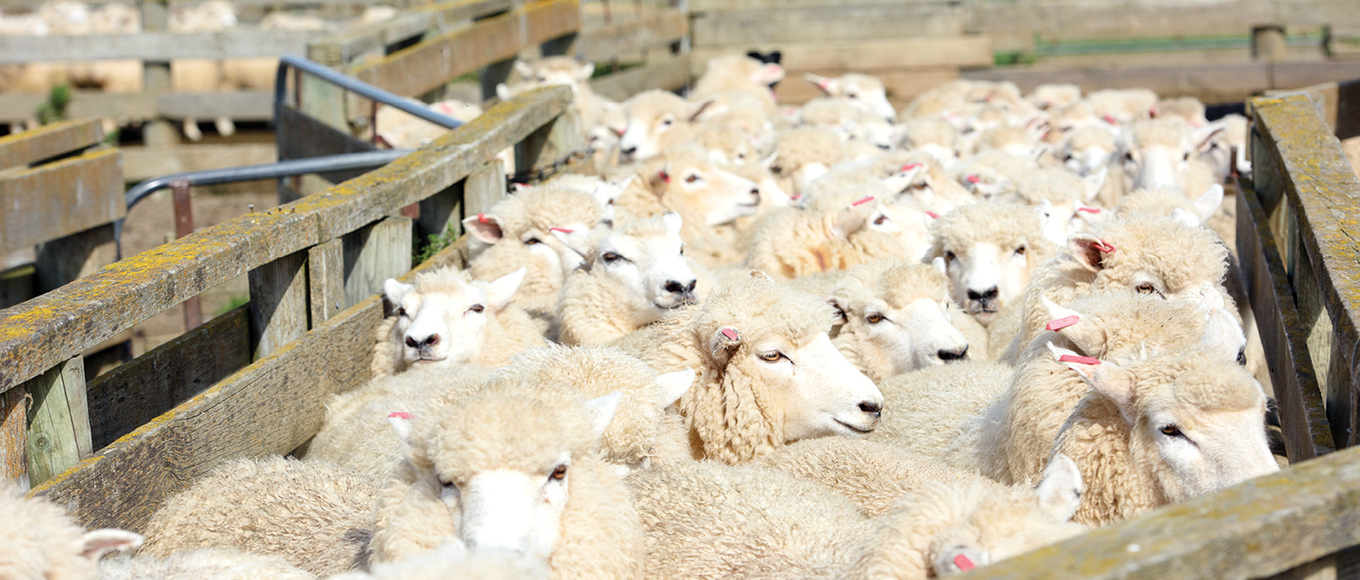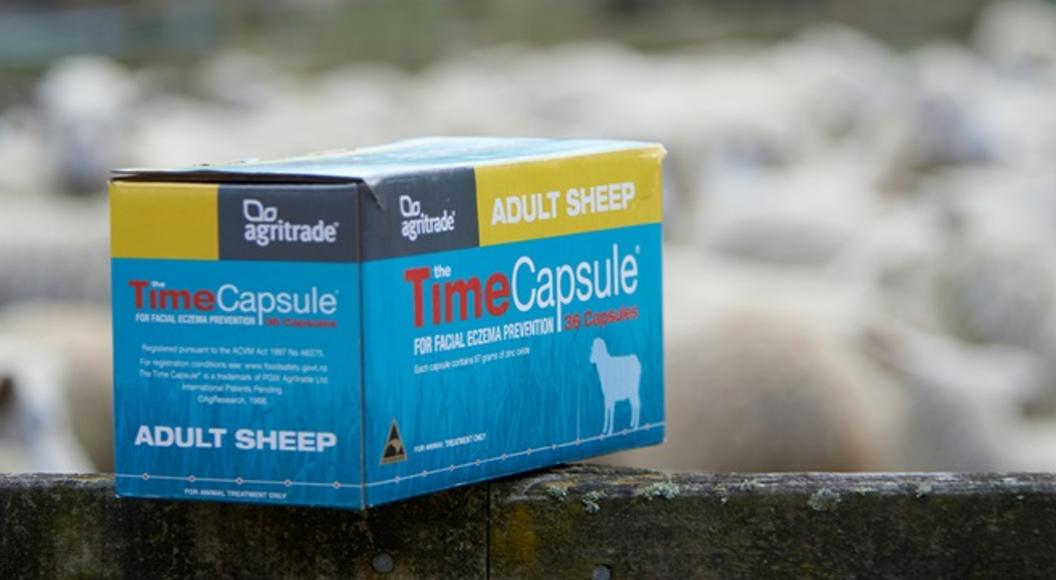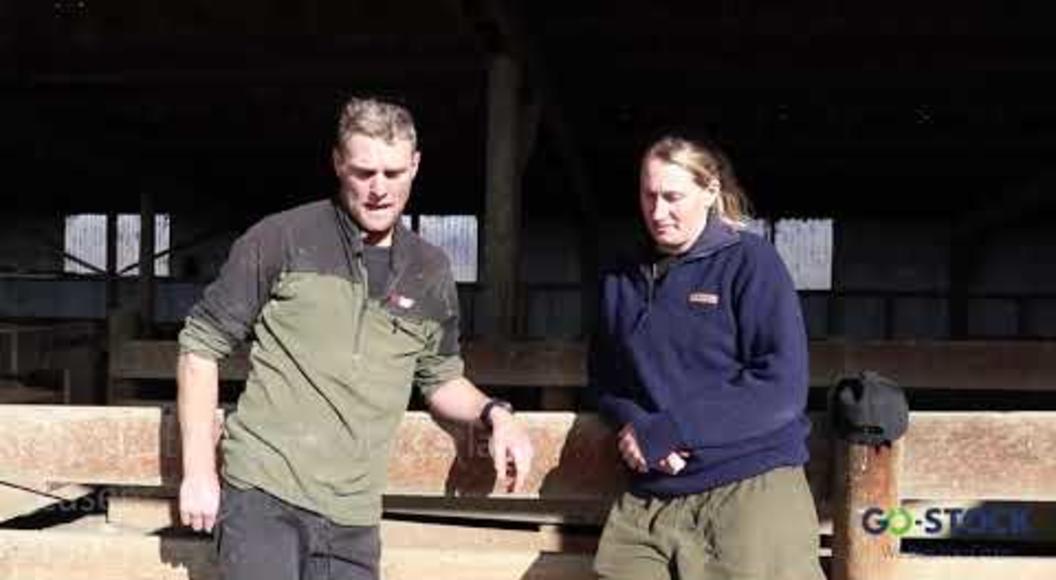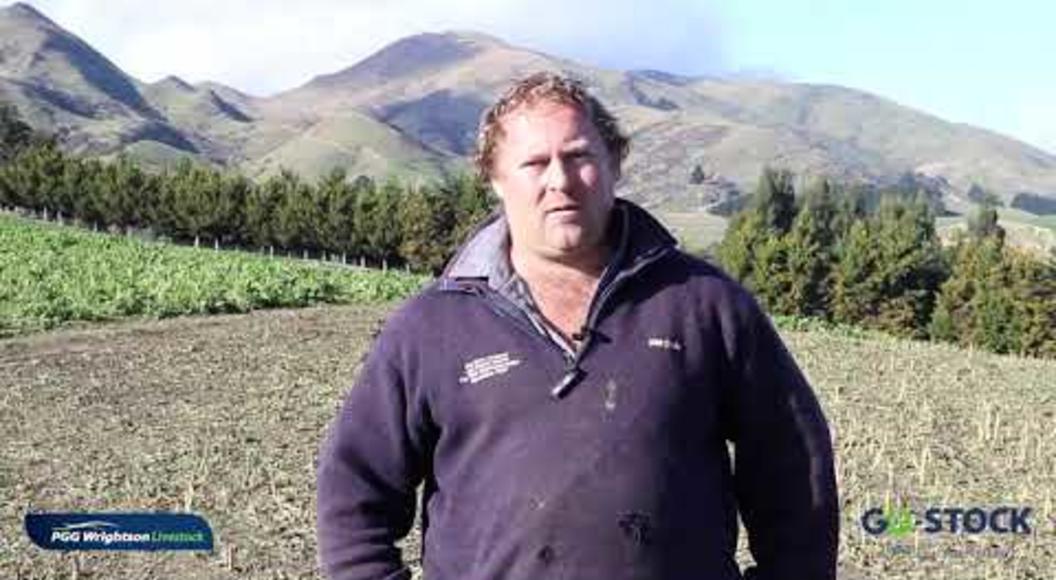
Preventing blowfly strike
Sheep are attractive to blowflies during the warm weather, while their skin is continually being wetted. These wet and warm conditions can lead to the development of fungal and bacterial infections in the wool.
Cyrex™ Liquid has a few modes of action for the prevention and treatment of blowfly strike in all breeds of sheep for up to 12 weeks, for the treatment of lice on long wool Merino sheep (wool greater than three months), and is also used to control lice on coarse wool breeds. These features are complemented with favourable operator and animal safety characteristics.
Cyrex Liquid contains 12.5 g per L of spinosad, the active ingredient in EXTINOSAD™ Liquid, and 500 g per L of cyromazine, the active ingredient found in VETRAZIN™. Spinosad provides knockdown control of blowflies, maggot and lice whereas Cyromazine provides up to 12 weeks protection against blowfly strike.
Spinosad is a member of the spinosyn chemical family. Upon contact or ingestion, spinosad causes involuntary and prolonged tremors in the nervous system of susceptible species, leading to irreversible paralysis and death. Its unique mode of action kills blowfly and lice, including strains resistant to Synthetic Pyrethroid (SP) compounds. Spinosad has negligible human health
risks or environmental toxicity.
Cyromazine is an insect growth regulator. It interferes with the lifecycle of susceptible insects by preventing the development of larval stages. Cyromazine has a different mode of action to some other Insect Growth Regulator (IGR) compounds, such as diflubenzuron and triflumuron. This different mode of action allows cyromazine to be effective against triflumuron or diflubenzuron-resistant blowflies1,2
TOP TIPS:
Fly: A shorter period of protection will occur when lower volumes of dip wash are applied as seen with automatic jetting races (expect 4-6 weeks), heavy rain after application, excessive fleece soiling and dags.
Lice: Thorough wetting is essential for effective control. Check skin wetting using a wetting pencil. It is also recommended that you pay attention to stock security following treatment, quarantine
treatment of new stock arrivals, thorough and accurate dipping management and utilising the principles of Integrated Pest Management recommended by Wool Pro.
Fly and Lice: It is good agricultural practice not to treat animals when they are wet or if rain is likely. Prolonged heavy rain following treatment may reduce efficacy. Consider re-treatment of sheep after heavy rain to ensure continued protection.
For more information on a suitable blowfly strike prevention programme on your farm, contact your local PGG Wrightson Technical Field Representative.
ARTICLE SUPPLIED BY ELANCO ANIMAL HEALTH
1Levot, G. & Sales, N. Insect growth regulator cross-resistance studies in field- and laboratory selected strains of the Australian sheep blowlfly (Lucilia cuprina). Australian Journal of Entomology (2004) 43: 374 – 377.
2Heath. A. & Levot, G. Parasiticide resistance in fleece, lice and ticks in New Zealand and Australia: mechanisms, prevalence and prevention. NZ Veterinary Journal (2015).


